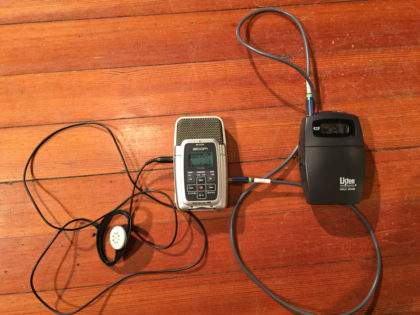How To’s
How to do various website (and other tech) tasks
If the task involves editing the website, you’ll first have to login.
If you have logged in as an admin, you should see a task bar at the top of the window that lets you get quickly to the dashboard page, edit the current page, or add a new post/page.
Post a news item
To create a blurb that will be listed in the “News” section on the front page and will also be included in the next newsletter, choose the New > Post menuitem from the menu at the top of the page.
If the news item should also be in the Calendar (in the “Events” section of the front page), you will need to add the event to the relevant google calendar. For more information on the use of google calendars by FUUSN, refer to this page.
Create a new page
From the task bar at the top (assuming that you’re logged in as an admin), click New > Page. Fill in the title of the page.
Upload a file and link to it from within a page
Assumes you have a file, say “FUUSNews_2017Feb1-14.pdf” on your local computer.
- If you are not already editing the page to which you’d like to add a link, visit that page, then click “Edit Page” in the taskbar.
- Click the “Add Media” button
- Click upload, click the file (e.g. FUUSNews_2017Feb1-14.pdf) that you’d like to upload from your computer to the website. When the file is done uploading, click “Insert into page”. You’ll see some highlighted (blue text) text show up in the main editing window. The text is just the name of the file, but you can change it to anything you want.
- In the main editing frame, where the link was inserted, write some description about the file.
- You can change the text associated with the link by simply clicking inside the highlighted text and writing something else.
- If you want this page to be listed in the “Recent News” widget on the front page, click the “News” category checkbox on the right.
- Click “Publish” (if this is a new page) or “Update” (if you are updating an existing page) to publish the page.
Create a new “Service”
- Using the task bar at the top of the window, hover over “New” to get the pull-down menu, and click “Service”.
- Fill in title.
- Add description.
- Fill in “Speaker” field on the right.
- Click “Publish”.
- If you later want to add a recording or text of the sermon, follow instructions for “Upload a file” above.
- The Service Archive page seems to use the Date Published to order and annotate the Service posts. To modify the published date for a post, click “Edit Service”, then click on the “Edit” link on the right after the “Published on” date. Make it what you want, and click Update.
- More notes on the creating Service pages are at the uuatheme.org site.
Record a sermon (using Zoom H2)
- Plug cable from hearing aid receiver audio out into “Line In” on Zoom. See photo to the right:
- Plug earphone into “Phones/Line Out” on Zoom (and put over your ear).
- Turn on Zoom and Receiver.
- Before you need to actually record:
- Click the Record (red) button once. This puts the Zoom into “monitor” mode. You should be able to hear the speaker through the headphone.
- Adjust the volume control knob on the Receiver until the levels on the Zoom seem decent (middle of range – not too loud, not too soft).
- When you’re ready to actually start recording, hit the red Record button a second time.
- When you are done recording hit the Record button a third time.
Other things to keep in mind:
- You may want to clear out the SD card. Hit the Menu button, use the >> and << keys to navigate menus until find SD card, select Format (using record button for selection).
- You may want to check recording format. For plain voice, to be posted on the website, we can use pretty low quality (low sample rate, highly compressed) format such as 48k MP3.
- The Zoom recorder can record “live” using its built in mics also. For that, you want to use a higher quality recording format (e.g. WAV, 48kHz/24bit).
- If you are recording live, there are a number of other controls to adjust recording level; read the user guide above.

